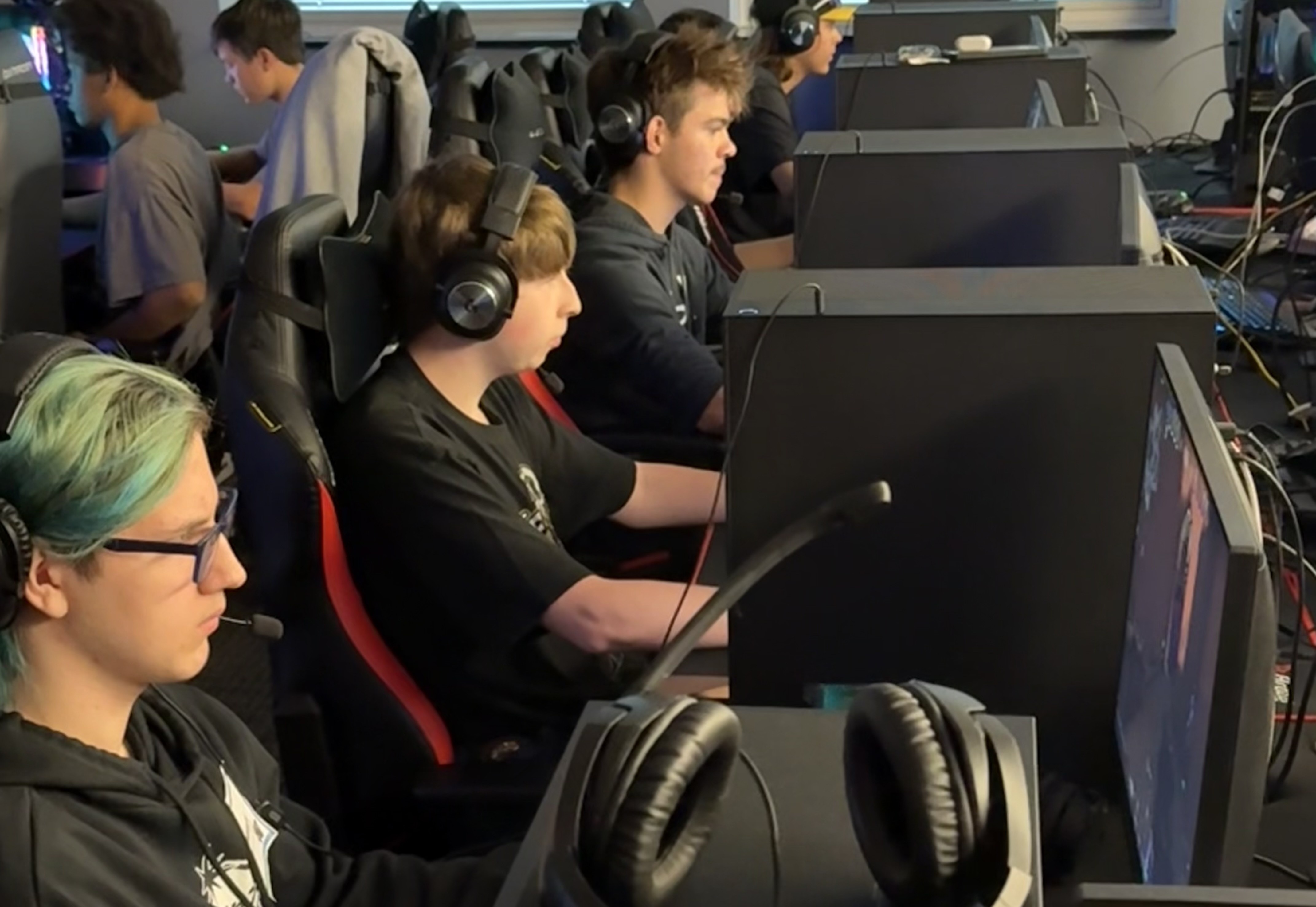Do Students Learn More Writing or Typing?
The answer of writing or typing is complicated, says a cognitive scientist, and has been oversimplified in the past.

When it comes to whether students learn better by typing or through handwriting, educators and parents want easy answers, Svetlana Pinet tells me.
“People want to know, ‘What should I do?'” says Pinet, a staff scientist at the Basque Center on Cognition, Brain and Language in San Sebastian, Spain.
The problem is that the topic is complex and full of nuance, and students often benefit from learning both typing and writing. “Both exist and we have to do both,” she says. “One is going to yield you something; one is going to yield you something else. It’s not like you really have to choose.”
Handwriting’s Connection To Learning Is Not Settled Science
A 2024 study compared brainwaves in adults who typed vs. those who wrote by hand and concluded that the handwriters had more brain activity. This study was viewed more than 84,000 times and was amplified by coverage in more than 170 news outlets, including a story I wrote for this publication.
Many of these stories overemphasized the implications of the study, essentially suggesting that it was settled science that students learned more when writing by hand than typing.
That’s not necessarily the case, Pinet says, which is why she and a colleague, Marieke Longcamp, wrote a commentary on this handwriting study. Pinet and Longcamp argue that since the study looked at brain scans of adults and did not measure what they learned, it is hard to conclude much from the results.
The abstract, or summary, really makes it sound like it has huge consequences for children learning to write, but it's really not so direct,” Pinet says, adding that the study never tested participants on what they actually learned.
Tools and ideas to transform education. Sign up below.
Brain measures, on the other hand, are less direct and can be subject to interpretation. For instance, in this study, in an attempt to control for some of the inherent differences between brain activity in typers and handwriters, study participants were asked to type with one finger; however, Pinet says doing this limited the implications of the research.
“Most people don't type that way,” she says.
Typing Vs. Handwriting In General
Pinet, however, stresses that she is not against teaching handwriting and notes that while more needs to be understood about its impact on learning overall, we do know that writing by hand can help students learn to write and recognize letters.
“This is because the motor action that you're doing when you're doing handwriting is much more precise, and that helps you remember this new letter,” Pinet says. “In typing, the motor action is you’re just pressing a button and it’s the same action no matter the letter. You can say that you're using a different finger, but the action itself isn’t different. If you're writing by hand, writing an ‘A’ is very different from writing a 'B,' and that helps you dissociate them.”
For these reasons, Pinet believes handwriting should remain a part of education. “In some countries, handwriting is being taught less and less, and so it is important to defend handwriting,” she says. “It really freaks me out to think that children will not learn to handwrite, and not only because of the dependence on technology but because we know that it is an important skill and that it does transform your brain in a specific way.”
However, she also believes typing is an important skill for students to be instructed in, and notes that many countries do not have formal typing instruction as part of the school curriculum.
Ultimately, her advice to educators is to try and find the right balance between the two forms of writing. “I think as much as possible, you should encourage both,” she says.
Erik Ofgang is a Tech & Learning contributor. A journalist, author and educator, his work has appeared in The New York Times, the Washington Post, the Smithsonian, The Atlantic, and Associated Press. He currently teaches at Western Connecticut State University’s MFA program. While a staff writer at Connecticut Magazine he won a Society of Professional Journalism Award for his education reporting. He is interested in how humans learn and how technology can make that more effective.

